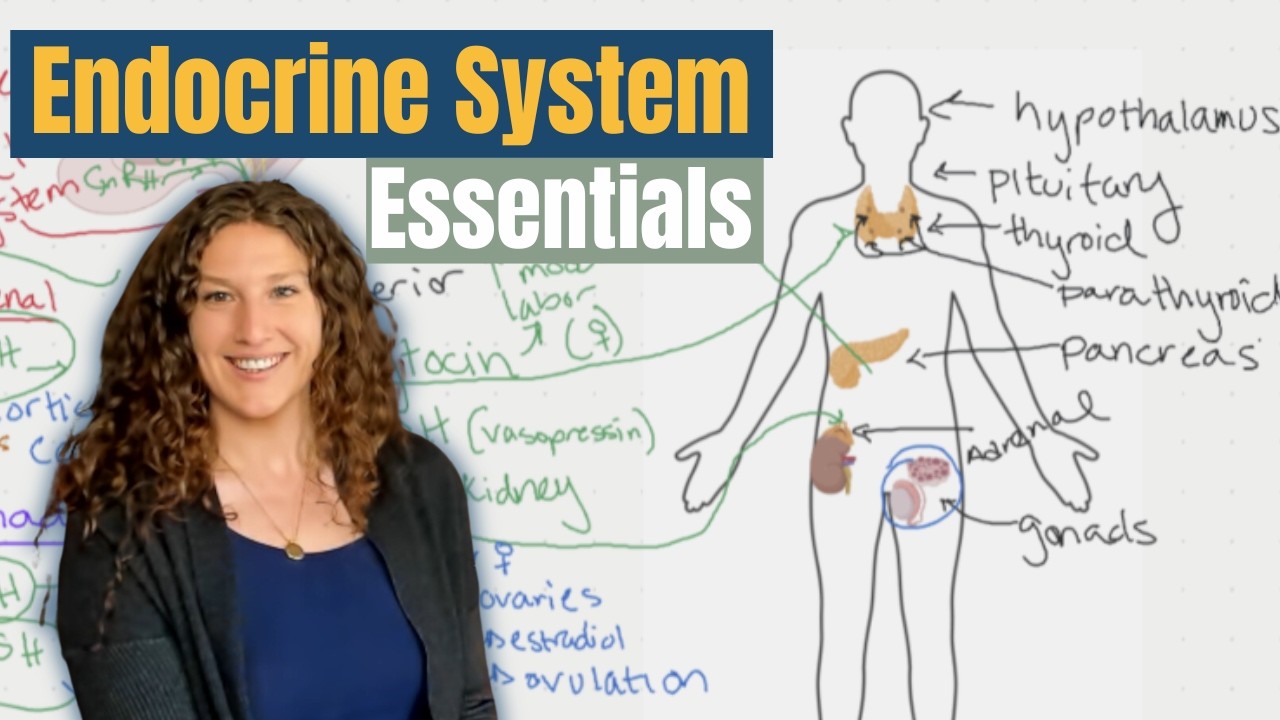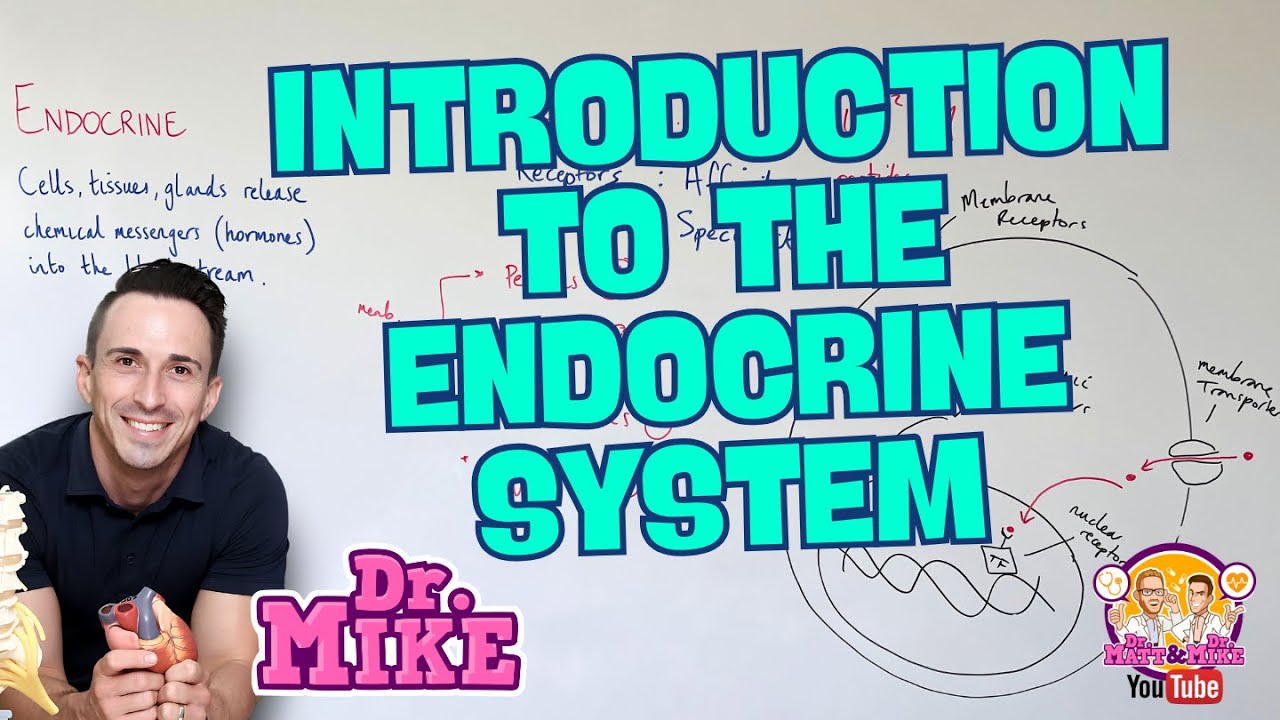Donor dopamine treatment improves kidney graft function
Reuters Health • The Doctor's Channel Daily Newscast
The current results support those of an earlier case-control study by the same research group showing that treatment of the donor with dopamine and norepinephrine reduces acute rejection episodes and enhances long-term graft survival.
In the present study, Dr. Peter Schnuelle, from University Medical Centre Mannheim, Germany, and colleagues sought to verify the feasibility of routine donor dopamine treatment as a means of reducing cold preservation injury without adversely affecting the recipient.
The study included 264 deceased heart-beating donors and 487 subsequent renal transplants that were performed at 60 European centers from March 2004 to August 2007. The donors were randomized to receive or not receive dopamine at a dose of 4 micrograms/kg/minute until cross clamping (median 344 minutes). The main outcome measure was graft function as assessed by the need for dialysis during the first week post-transplantation.
Significantly fewer dialysis sessions were logged in the dopamine group. Overall, 35.4% of controls required multiple sessions compared with 24.7% of those in the dopamine group (p = 0.01).
Multiple dialysis sessions post-transplantation increased the odds of allograft failure after 3 years by 3.61-fold, whereas a single session did not raise the risk.
In addition to the donor not receiving dopamine, independent factors directly linked to a need for dialysis included cold ischemic time, donor age, and recipient body weight.
Dopamine use was associated with statistically significant increases in donor systolic blood pressure and urine production before kidney recovery, although the authors note that these effects had no impact on clinical outcomes in the recipient.
“This study shows that pretreatment of the deceased heart-beating donor with low-dose dopamine reduces the need for dialysis in the recipient after kidney transplantation,” the researchers conclude.
Reference:
JAMA 2009;302:1067-1075.






